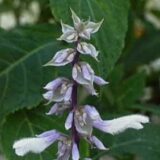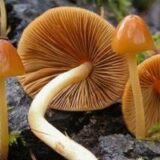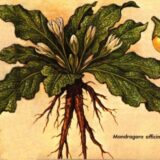Table of Contents
What Hallucinogens Grow in the United States and North America?
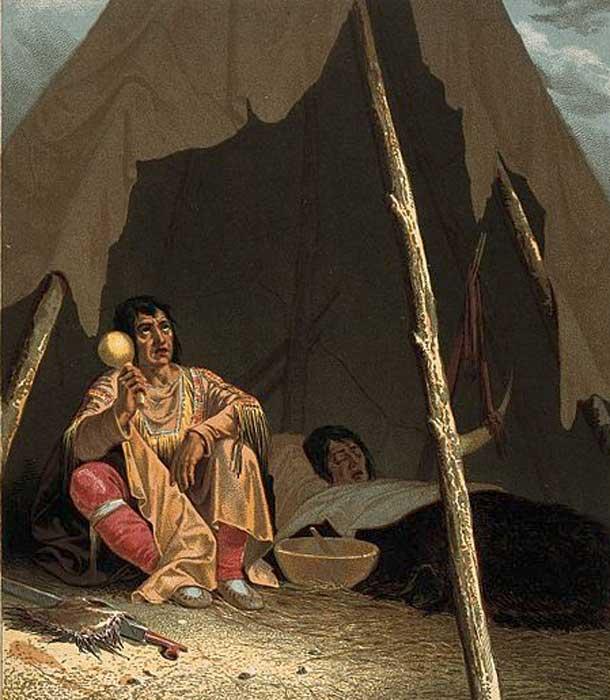
About Hallucinogens Native to the United States and North America
North America, in the United States: the land of the Native American Indians and present-day territory of residual users of so many psychoactive plants that it would be difficult to count them all! Some of the psychoactive plants are far more prominent and important than others. Of the many psychoactive plants in North America, some of the most important and those plants with some of the greatest significance, are hallucinogens. Most of the hallucinogens that are native to the United States and North America, have shared in some sort of religious, ceremonial, or otherwise sacred purpose…so it is hardly difficult to locate the native distribution grounds by which these plants grow.
List of Hallucinogens Growing in North America and the United States
There are many hallucinogens around the world, and many psychoactive plants in North America; however, only some of them offer hallucinogenic effects to the user. This is a list of all of the known hallucinogens that are native to the United States and North America. Whether the plants were imported and cultivated, or native by origin, all of these plants currently grow and can be found throughout various regions of North America.
Lysergic Acid Amide (LSA)
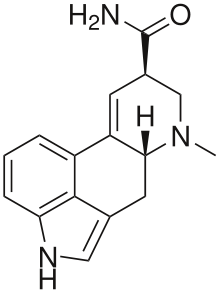
Legal Status in the United States: Scheduled in the United States
LSA is also Class A in the U.K.
Lysergic Acid Amide (LSA) is not LSD. They are two separate compounds, however, very similar. And as similar as they are compounds, they create similar effects. The effects caused by LSA are so similar to LSD that they often get misinterpreted as LSD itself. Lysergic Acid Amide can be found in the seeds of the morning glory plant.
Amanita muscaria
Legal Status in the United States: Legal, Unregulated; Except for Louisiana [Illegal]
The “Fly Agaric mushrooms” can create hallucinations and is said to “reveal the supernatural” as well as other types of knowledge when properly employed.
Virola theiodora
Legal Status in the United States: Legal, Unregulated
Also known as Ebena, the Virola plant provides a hallucinogenic snuff that Indians have been using for centuries, perhaps even thousands of years. Technically, Virola is a member of the nutmeg family, hence the heavy rumors that once could “get high off nutmeg.”
Psilocybe Mushrooms

Legal Status in the United States: Scheduled, Illegal to Possess; Except for the Spores, [which are only illegal in California, Georgia and Idaho] Which Do Not Contain Psychoactive Chemicals
The Psilocybe species of mushrooms are very commonly used for intense visual hallucinations. They are most commonly compared to trips of the caliber that LSD provides. They are referred to as magic mushrooms. There are many different types of these mushrooms, and they all look different and provide slightly different of facts depending upon the exact hallucinogen they produce. They frequently grow in the woods, on dead wood, and on cow and horse feces.
Peyote Cactus
Legal Status in the United States: Scheduled, Illegal to Possess; Except for the Native American Church
The Peyote cactus grows a flower atop that makes it very easy to recognize. It is bitter but provides an experience that alters the mind like none-other. Peyote produces Mescaline, and many other alkaloids as well (but Mescaline is the most powerful). The Native Americans still use Peyote to this day.
Desmanthus illinoensis
Legal Status in the United States: Legal, Unregulated
Also known as Prairie Bundleflower, this plant possesses a high DMT content. The flowers are very common in Pennsylvania, all the way down to Florida, West towards Texas and all the way up to North Dakota.
Phalaris grass
Legal Status in the United States: Legal, Unregulated
The invasive grass grows very commonly throughout the entire world and is abundant in the United States and North America. These grasses and canary grasses of similar breeds contain high contents of DMT.
Scopolamine, Hyoscine
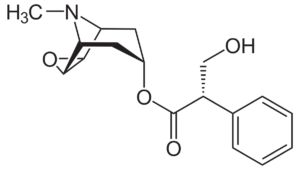
Legal Status in the United States: Controlled, Prescription Only
Scopolamine is also controlled in Canada, Australia and the U.K.
Scopolamine is most commonly used to treat motion sickness and nausea. Sometimes it is used during surgery to decrease saliva. Although it can provide some pretty intense hallucinogenic effects, it is also very dangerous and the side effects can be quite unpleasant, thus, it is very infrequently used repeatedly.
Cannabis
Legal Status in the United States: Scheduled, Illegal to Possess
Marijuana is one of the most commonly grown psychoactive plant in the world. Most people do not realize that cannabis possesses hallucinogenic material. Nonetheless, it absolutely possesses hallucinogenic properties under the right circumstances (just not the full-blown visual hallucinations experienced on something like acid).
Banisteriopsis caapi
Legal Status in the United States: Legal, Unregulated
Some of the alkaloids in Banisteriopsis are illegal in Canada and Australia (specifically in harmala).
This high-DMT content plant was very commonly used by Native Americans in the Southernmost regions of North America to create a special intoxicating tea.
Last Words About North American Hallucinogens
Of the many hallucinogens in the world and the United States/North America alike, some are stronger than others. Some of these hallucinogens require specific preparation methods or dosages in order to be effective and induce any hallucinogenic effects. Although some of the plants may require tedious rituals or preparation instructions, in order to properly employ the plant and receive the hallucinogenic effects, most of them are absolutely capable of full-blown visual, auditory, and dreamlike, altered states of consciousness. Each plant, whether or not the user has an acute sense of its sacred and religious use, should be treated with respect and the understanding that these types of chemicals can be dangerous. In fact, many of these could contribute to fatality if not properly employed and an overdose ensues. All of these plants contain alkaloids or chemicals which are illegal in the United States, in most of North America, and around the world.

